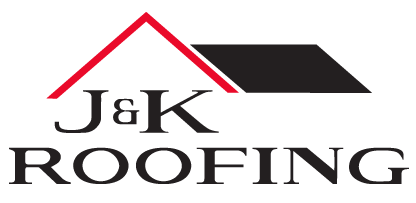
Underlayment: What Is It, and Which Type Should I Choose?
Your roof is a complex system of parts designed to protect your home from the elements. Most of us are aware of certain basic aspects of the roofing system, such as the decking or asphalt shingles. But there is another integral material that provides added protection and waterproofing: the underlayment.
What is Underlayment?
The underlayment is a sheet of material, either felt or synthetic, that is sandwiched between the decking and shingles. The purpose of the underlayment is to further seal your home against wind, hail, snow, and rain.
What is the Difference Between Felt and Synthetic Underlayment?
Felt Underlayment
Felt underlayment is made by saturating paper or fiberglass with asphalt. It comes in two sizes: No. 15 and No. 30, with the latter being thicker and more tear-resistant. The main appeal of felt underlayment is that it is less expensive than synthetic versions. It also does not require any specialized tools to install. However, you will want to be aware of potential drawbacks that may ultimately overshadow the cheaper price:
- Tearing: felt is susceptible to tears during the installation process or in severe weather, such as high winds.
- Wrinkling or Cracking: when exposed to moisture, felt can wrinkle; it may also crack in cold temperatures
- Weight: felt is heavier, which can make it more difficult for a roofing contractor to haul up onto a roof
- Slippery Surface: felt underlayment has an oily, slippery surface which can make it more tricky to install
- Time Limits: felt can dry out or absorb moisture if left exposed, so shingles need to be placed as soon as possible after the felt is applied to the decking.
Synthetic Underlayment
These days, synthetic underlayment is the preference of many roofing contractors. Made from polymers like polypropylene or polyethylene, it offers many advantages over traditional asphalt-saturated felt underlayment:
- Tear-resistant: synthetic underlayment is much less prone to tearing than felt
- Lighter: the lightweight nature of synthetic material makes it easier to install and puts less strain on the home’s framework
- No cracking: synthetic underlayment does not crack in cold weather
- No moisture absorption: synthetic underlayment does not absorb moisture, it will not wrinkle and is not susceptible to mold or fungal growth.
- No volatile compounds: unlike felt underlayment, synthetic materials do not contain volatile compounds, which tend to dissipate over time and can compromise the integrity of the underlayment.
How Do I Choose the Right Kind of Underlayment?
J&K Roofing has experience and is certified in all types of underlayment, both felt and synthetic. We work with the highest quality vendors to ensure your home is fully protected against Colorado’s weather. If you are in the Denver Metro, Front Range, Colorado Springs, or Northern Colorado areas, we are happy to assist you in every step of your roofing project. Contact our office today to see how we can help.
